Keep Your Family Safe and Powered When It Matters Most
When disaster strikes and the power goes out, having a generator can be the difference between comfort and chaos. But choosing the right generator, understanding its features, and using it safely can feel overwhelming. That’s why we’ve created the Emergency Generator Guide—a comprehensive resource to help you confidently prepare your home for any emergency.
This guide is packed with practical tips, expert insights, and easy-to-follow instructions to ensure your generator setup is reliable, efficient, and safe.
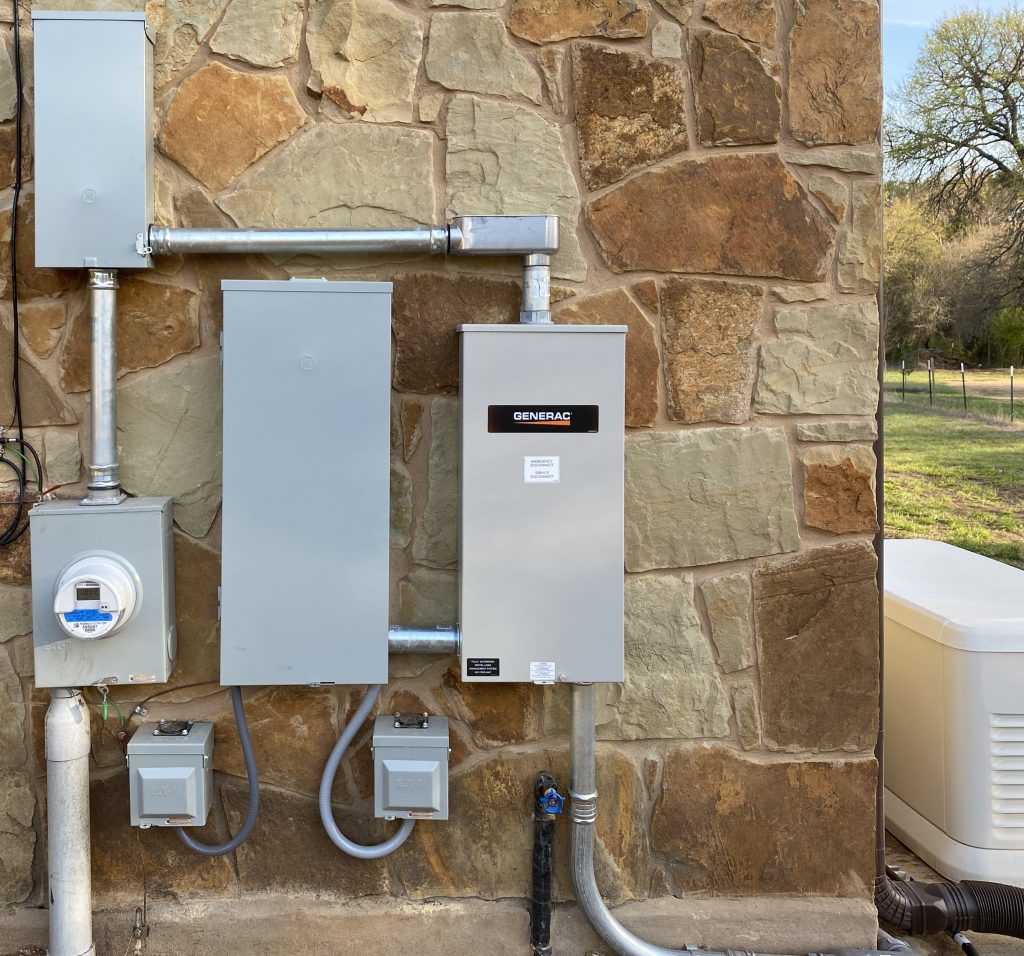
Emergencies and disasters can strike at any moment, often with little warning. From natural disasters to power outages, having a well-thought-out emergency power plan is essential for ensuring your family’s safety and well-being. As the creator of this plan, I’ve drawn upon my over 13 years of experience in disaster preparedness, survival research & information, incident management, and disaster response. I have witnessed firsthand the devastation of Fires, Floods, Hurricanes, Tornados, Storms, and other critical events. With my disaster response experience, I’ve had to power disaster deployment sites with multiple trailered 3-phase diesel generators up to 250Kw, (the size of a large SUV) down to running the lights on a small mobile command trailer with a 2Kw inverter generator (about the size of a cat carrier).
What’s Inside the Guide?
- A Well-Rounded Preparedness Plan with a Generator
- Learn how a generator fits into a larger preparedness strategy and ensures your family stays comfortable and safe during power outages.
- My Setup: A Cost-Effective Home Emergency Backup Generator
- Discover how I built a reliable and affordable generator system for my home, including tips for selecting equipment, avoiding costly mistakes, and staying within budget.
Key Topics Covered in the Downloadable Guide:
• Carbon Monoxide Alarms and CO Alarms: Critical safety measures to prevent dangerous CO poisoning (Amazon link).
• Generator Types and Sizing: Learn the differences between fuel-powered generators, battery power stations, and how to choose the right size for your home.
• Single-Fuel, Dual-Fuel & Tri-Fuel Generators: Explore the pros and cons of different fuel options and how they impact performance and cost.
• Fuel Consumption and Efficiency: Understand how much fuel you’ll need for different loads and generator types.
• Noise and Security: Mitigate noise concerns and secure your generator from theft or tampering.
• Electrical Setup Options: Get guidance on direct-to-appliance connections, electrical panel integration, and transfer switch solutions.
• Running Your HVAC on Generator Power: Learn how to power your heating and cooling systems effectively during an outage using the MicroAir EasyStart (Amazon link).
Single-Fuel, Dual-Fuel & Tri-Fuel Generators:
There are several different kinds of generators. Single-fuel fuel generators will only run on one source, typically a single source like gasoline, propane, natural gas, or diesel. Duel-fuel generators can run gasoline, and typically propane. Tri-fuel generators can run gasoline, propane, and natural gas. A dual-fuel or tri-fuel generator will have the added benefit of being able to run different fuels in an emergency where a particular source of fuel is not available. They will have a selector switch to allow you to switch fuels, and some generators will even switch automatically. 3rd party conversion kits may be available online for some gasoline generators to convert them to propane or natural gas, but this can mean disassembling parts of the generator and can void the warranty. When running a tri-fuel generator on Propane or Natural Gas the generator’s rated output in watts is lower than running on gasoline and the fuel consumption depends on the type of fuel and the load on the generator.
Generator Output & Fuel Consumption on 3 Fuel Types – Firman Tri-Fuel
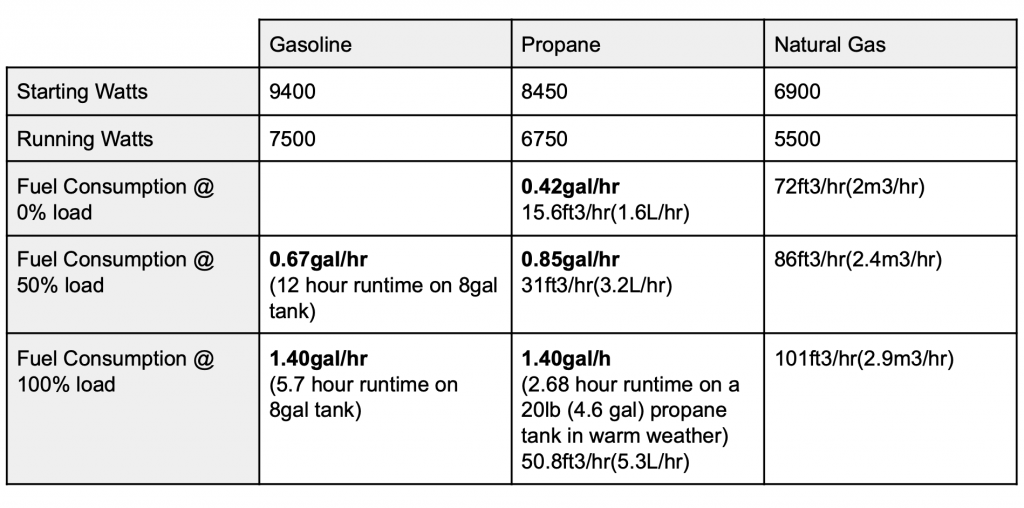
Larger generators are capable of powering more appliances simultaneously but have the downside of requiring more fuel. A small inverter generator just powering your refrigerator and a few lights will only require 0.08 gallons per hour. But a larger generator can have a consumption of 1.4 gallons per hour. Translate this into days, you would need to store as much as 50 gallons or 10, 5-gallon fuel containers (running 100% load for 12 hours a day for 3 days). Also, the more load a given generator has, the more fuel consumption increases.
Inverter Generators vs Open Frame Standard Generators
A typical job site or portable generator is an open-frame non-inverter generator. These are typically much louder, less fuel efficient, and the electricity produced is not as “clean”. An inverter generator is typically surrounded by plastic panels to reduce the noise signature, is more fuel efficient, and will produce a cleaner, more pure electrical sine wave that is closer to typical grid power. This means it is safer for sensitive electronics, and LED lights are less likely to flash/strobe.
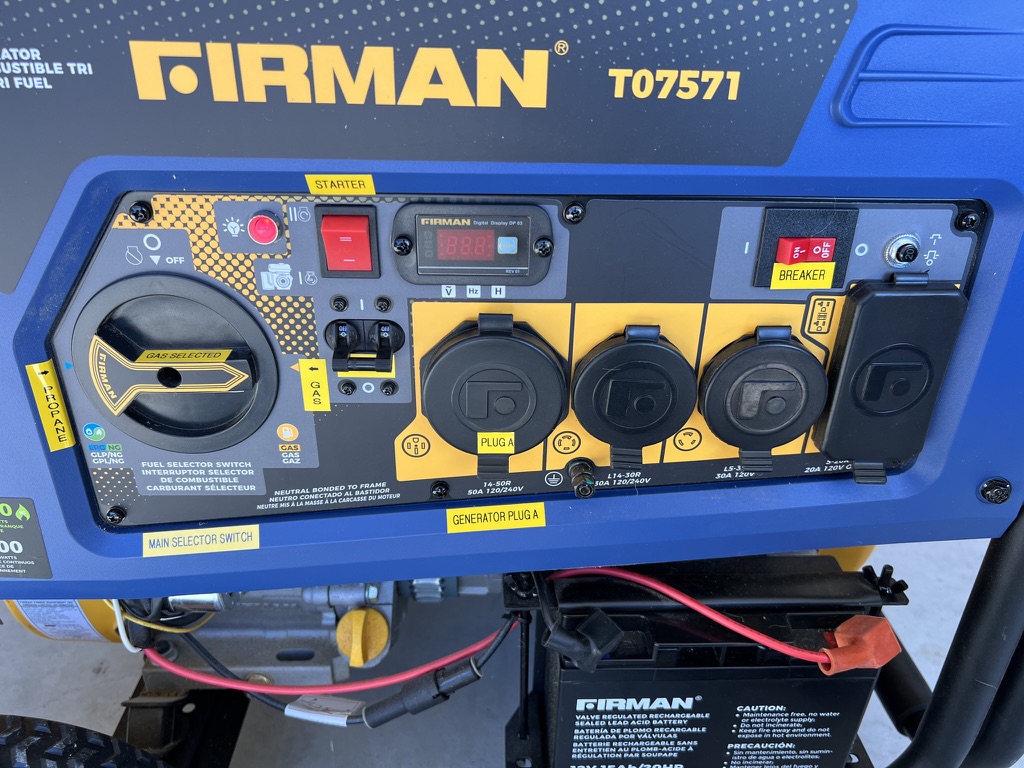
Inverter Generators have a lower Total Harmonic Distortion (THD) than standard generators, this makes Inervert Generator’s power cleaner and more true to a pure signwave. Total harmonic distortion (THD) is the amount of harmonics on a line compared to the line fundamental frequency, e.g., 60Hz. The THD of a pure sine waveform with no higher harmonics, such as the ideal voltage supply, is 0%. A value of THD greater than zero means the sine waveform has become distorted. The lower the THD, the lower the distortion and the less likely you will have issues with sensitive electronics or even LED lights pulsing or strobing. Inverter Generators will sometimes be in the 3% THD range and standard generators can be as much as 14%.
Floating Neutral vs Bonded Generators
Most portable generators (often called job site generators) are wired in such a way that the neutral and the ground are wired or “bonded“ together. This is exactly what you want when a portable/job site generator is used with extension cords. When the same generator is plugged into a home, it creates a situation that would not pass the National Electrical Code. In this situation, the neutral-to-ground bond wire inside your generator should be disconnected or a different generator should be used.
Disconnecting this bonding wire can be as easy as 5 minutes with a a few tools, and watching a YouTube video. Note: Disassembling part of your generator may void its warranty, but in some cases, generator manufacturers give instructions on how to remove this bonding wire. If you ever need to use a floating neutral generator with only extension cords, a simple DIY or store-bought Generator Bonding Plug (Amazon link) for about $10 converts your generator back into a bonded neutral, portable/jobsite generator. Want to learn more? Watch this YouTube Video.
A GenerLink (Amazon link) is a small device that is installed between your electrical meter and the electrical meter box coordination by a qualified electrician and power company technician – but you don’t have to be home for the installation. Some electrical municipalities will not allow the installation and some do. The best option is to call your electrical provider or the GenerLink manufacturer to find out. Generlink does not advertise the price but generally sells for around $600-1300 plus installation. A 20’ cable that plugs into the GenerLink and into your generator comes free with the unit and longer cables can be substituted or ordered separately. No rewiring or installing of a subpanel is required. Your electrical provider will come and remove the electrical meter and your electrician will then install the GenerLink and the electrical provider will then reinstall the meter. This is typically a very quick operation and can happen in a matter of minutes. This option powers your entire electrical panel and prevents back-feeding the electrical grid, so it is completely safe but does not automatically transfer your house back to grid power when electricity is restored, so you must rely on manually checking to see if there is grid power, or a text message notification from your provider notifying you service has been restored. Per code, GenerLink requires your generator to be wired as a Floating Neutral Generator.
There are some things to consider when deciding between an Electrical Inlet Port, GenerLink, Multi-Circuit Transfer Switches and Whole Home Transfer Switches.

How to Run your HVAC from a Generator
Be aware that smaller generators are not capable of running an air conditioner. Medium size generators can be capable of running the cooling of an air conditioner under certain circumstances, and the largest of generators can run the cooling of an air conditioner, but require significantly more fuel. Depending on your HVAC system, you may be able to add a device that allows you to run your full HVAC system to provide heating and cooling from your portable generator – Check out the full Ultimate Emergency Generator Guide (free) for more details.
TABLE OF CONTENTS
A COST-EFFECTIVE HOME EMERGENCY BACKUP GENERATOR
– Carbon Monoxide and CO Alarms
GENERATORS
– Generator Sizing
– Comparing Fuel Powered Generators & Battery Power Stations
– Battery Power Stations
– Generator Sizing & Wattage Quick Reference Guide
– Single-Fuel, Dual-Fuel & Tri-Fuel Generators
– Generator Output & Fuel Consumption on 3 Fuel Types – Firman Tri-Fuel
– Fuel Consumption Per Hour at Different Loads
– Inverter Generators vs Open Frame Standard Generators
– Noise Signature & Security Considerations
– Floating Neutral vs Bonded Generators
– Maintenance
FUEL CONSIDERATIONS
– Gasoline
– Propane (LP or LPG)
– Diesel
– Natural Gas
ELECTRICAL
– Electrical Permitting & Electrical Contractors
– Grounding Requirements
– Electrical Panel Circuit Directory
– Electrical Loads
DIRECT TO APPLIANCE CONNECTIONS (USING EXTENSION CORDS)
GENERATOR TO ELECTRICAL PANEL OPTIONS
– GenerLink
– Electrical Inlet Port
– Multi-Circuit Transfer Switches
– Whole Home Transfer Switches
RUNNING YOUR HVAC ON GENERATOR POWER
– Heat Pump
– Fully Electric HVAC
– Propane or Natural Gas Heating
– MicroAir Easy Start – HVAC Add-On

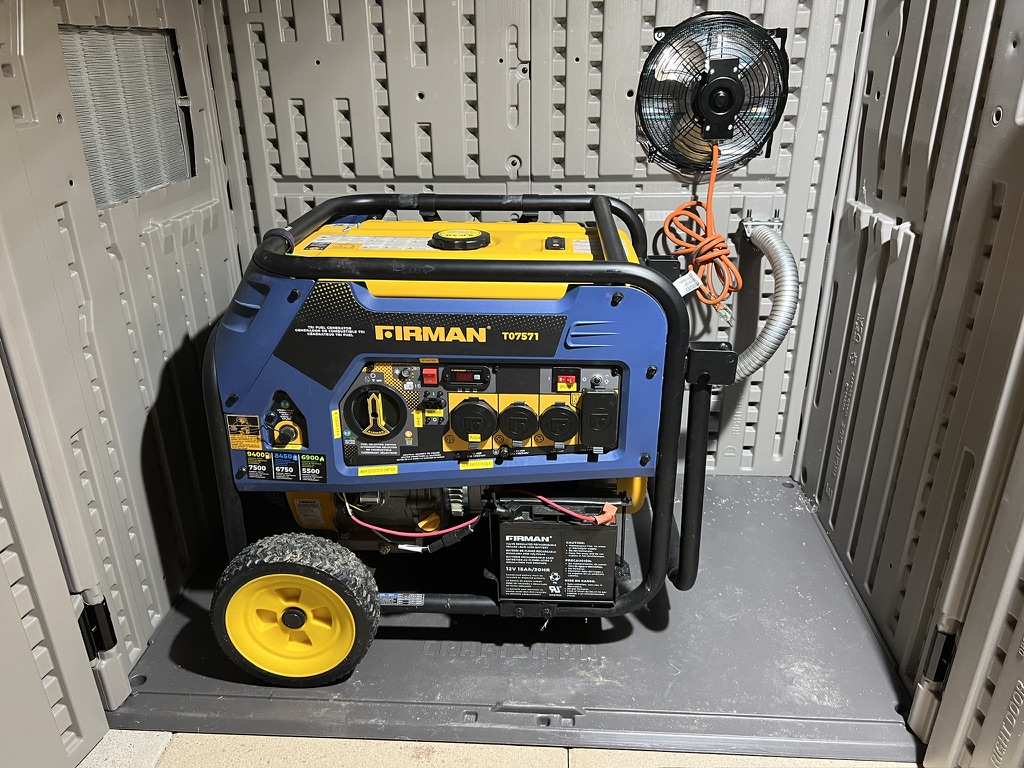
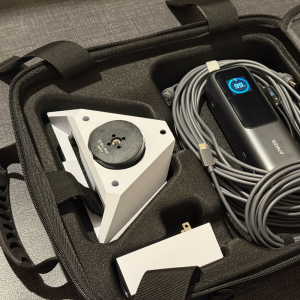
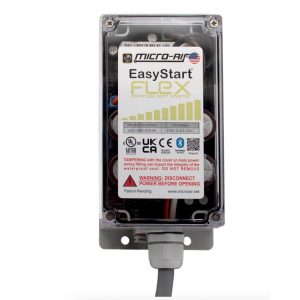
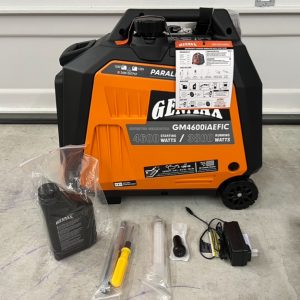
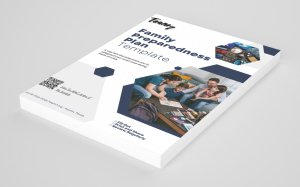
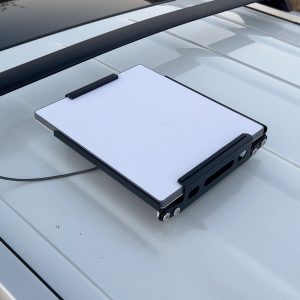
Pingback: GENMAX GM4600iAEFIC Generator Review: A Quiet & Reliable Powerhouse for RVs and Emergency Use – Team7 | Empowering Preparedness, Simplifying Technology, and Building Resilience Together.
Pingback: Refoss Smart Energy Monitor EM16 – In-depth Review – Team7 | Empowering Preparedness, Simplifying Technology, and Building Resilience Together.